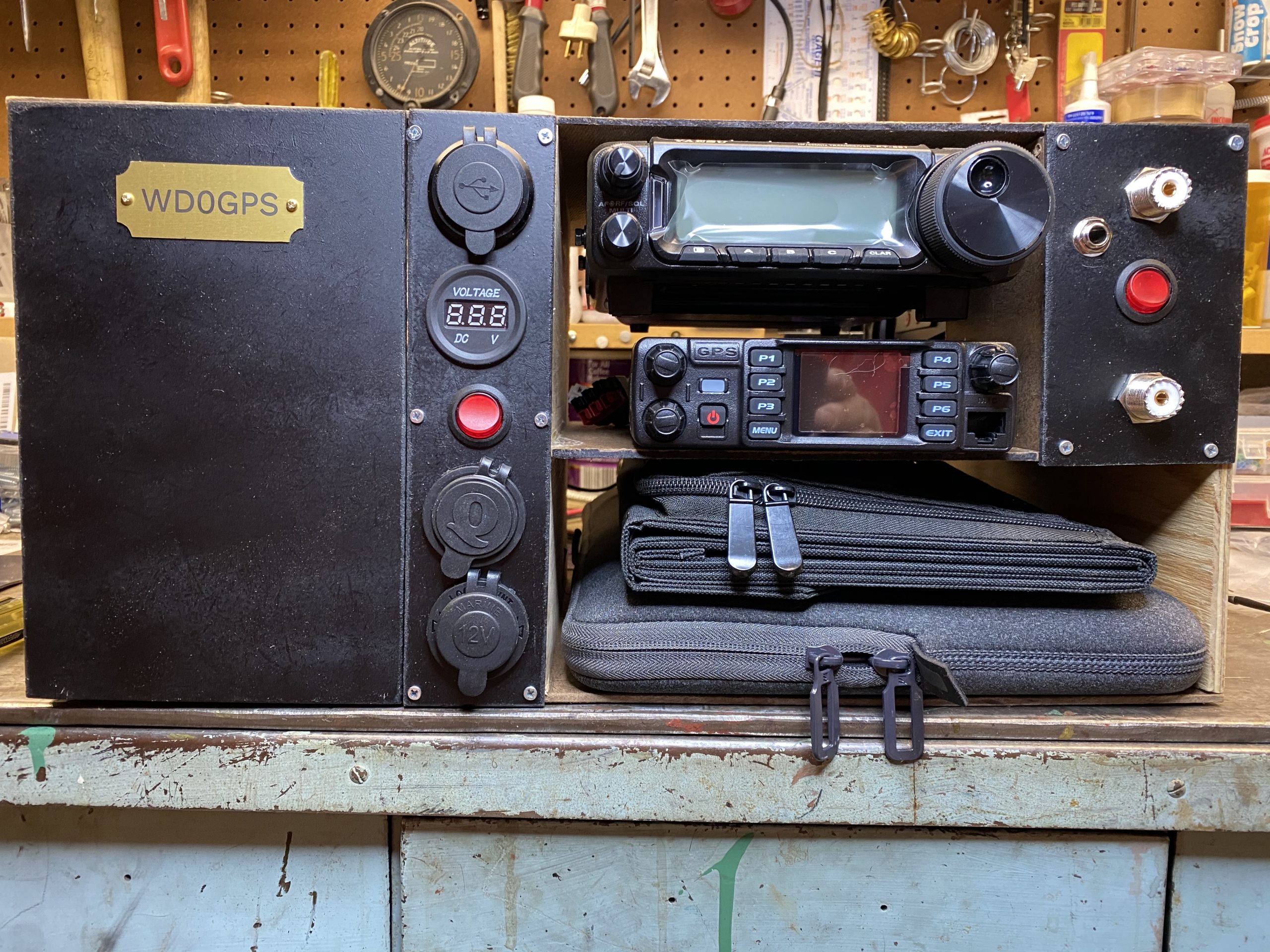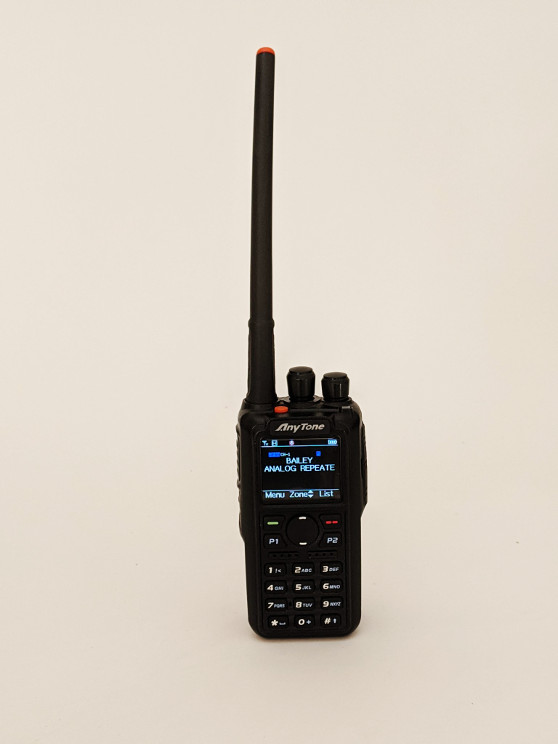by Pete, NEØT
Have you been in your car on the air and noticed the so-called “picket fencing” where the signal seems to turn on and off quickly as though you are hearing it through the staves of a picket fence which you are driving next to? If you slow the car you will find that the signal rises and falls slower as the car slows and even stops changing when the car stops but moving the car slightly changes the signal strength again. In fact, when I used to sit in a Denver parking lot during the Wednesday night net I would notice that moving only a few feet would drastically change my signal strength.
Here’s an explanation of what’s happening:
It is a fact that when two rf waves are traveling in opposite directions they add to a standing wave. This is a very familiar fact to hams who use antenna tuners on HF to measure the forward and reflect waves on their coax. Either on your coax or as RF signals, waves can either be “pure traveling”, “pure standing” or a mix of traveling and standing. In any of these cases they can be represented by breaking them down into the sum of forward and reflecting pure travelling waves. A standing wave is one that doesn’t move but stays stationary stretched over its wavelength next to your car (but still oscillates in-place up and down in amplitude). At 2 meters the standing wave is around 6 feet long and it has both nodes and loops which are stationary (as discussed in the ARRL Antenna Handbook). At a node the wave has zero value and at a loop has maximum value. Therefore, as you move your car from a node to a loop the signal strength varies from zero to max. In one 6 foot wavelength the standing wave varies like this: node(zero signal), loop(positive max signal), node( zero), loop(minus, max signal), node(zero again). So the signal goes from zero to maximum each 1/2 wave.
So when is the most likely time for the waves to travel in opposite directions? Not when you’re near the repeater. Near the repeater the wave is very strong in the direction from the repeater toward the receiver, the forward wave. The character of this wave is that of a pure traveling wave. When we are near the repeater the opposite traveling wave, the reflect wave, (called the reflect wave because it has bounced off a hill or something) is much weaker than the forward traveling wave. There can be no picket fencing with a pure traveling wave. However, far from the repeater the wave reflecting back toward the repeater can be nearly the same magnitude as the forward traveling wave. The result is a wave which can have almost pure standing character. This is when we notice “picket fencing”.
The neat thing to know here is the distance between peak signals: 3 feet, 1/2 wave length. On 70 cm of course the distance would be 35 cm, etc. just under 14 inches!


